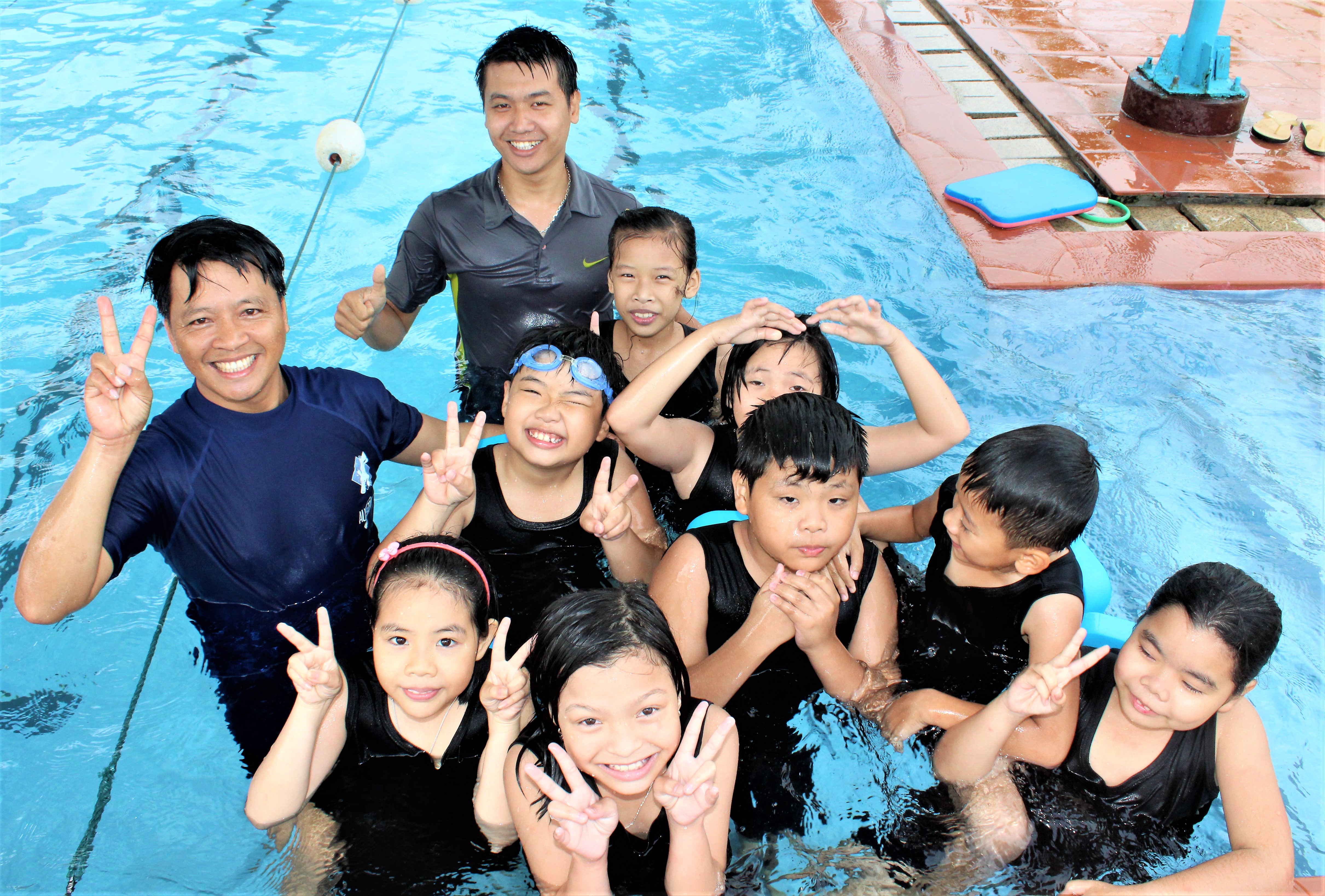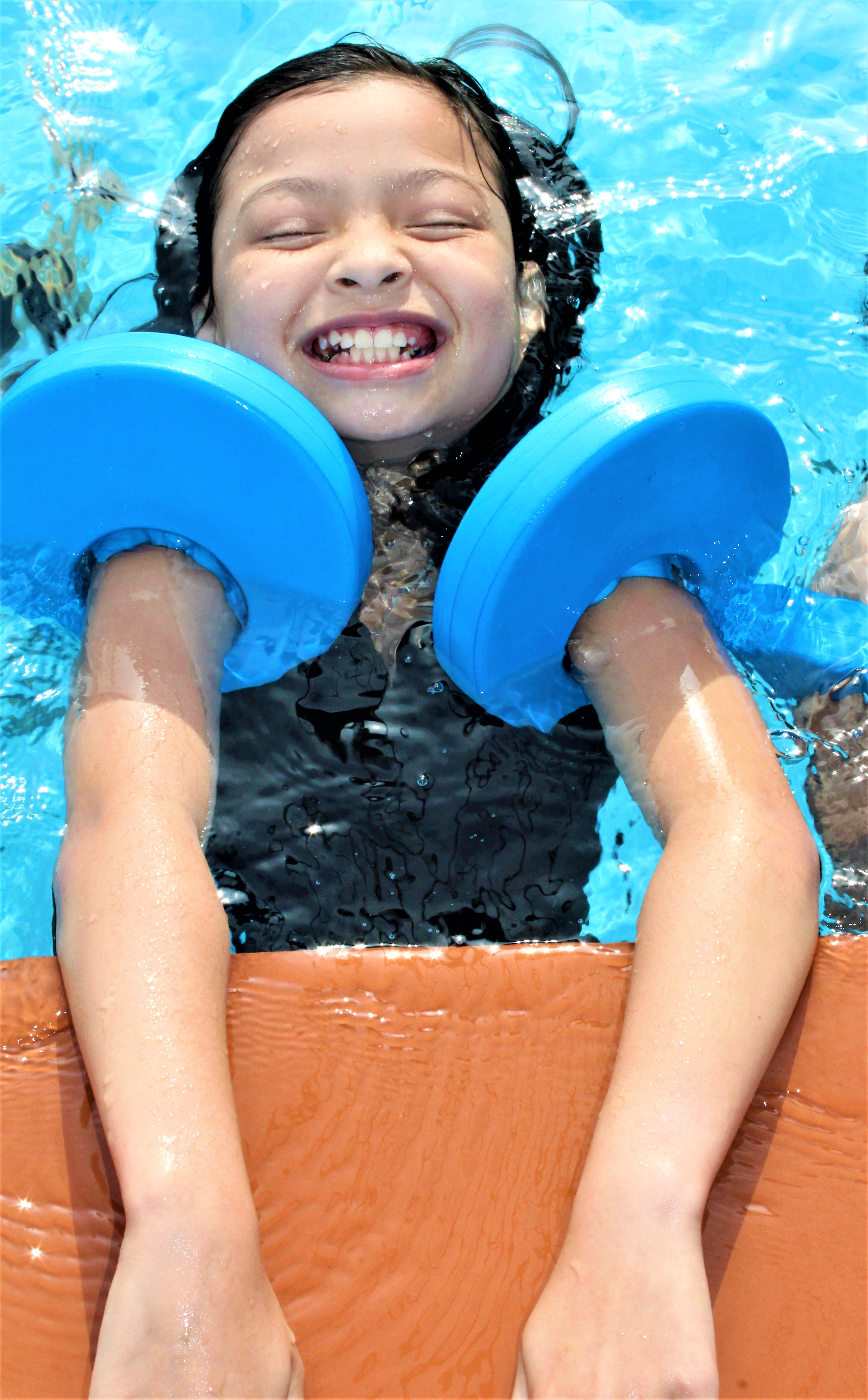Swim Vietnam is a charity organization based in Hoi An which tackles the problem of drowning in Vietnam.

It’s an irony that water saves us yet kills us too.
The Ministry of Health reports that 16 people drown every day in Vietnam, a rate ten times that of developed countries.
It is the leading cause of death by injury for children in Vietnam. Although this number is shocking, the World Health Organization reports that this is a conservative estimate.
There are many factors that contribute to these numbers, including 2,000km of coastline which is vulnerable to extreme tides and the monsoon season.
Flash flooding is a regular occurrence, particularly in rural and mountainous areas.
Approximately 50 percent of the population lives in rural areas where large rice paddies and other bodies of water are close to homes.
Children are often unsupervised when parents have to work, especially during the school holidays.
Swimming and water safety education is limited, with a shortage of qualified swimming teachers, few safe places for children to learn to swim, and water safety not being part of the curriculum in many parts of the country.

Swim Vietnam is a charity organization based in Hoi An which tackles the problem of drowning in Vietnam and is now a recognized training Centre which has partnered with AUSTSWIM and Royal Life Saving Australia to provide staff training for those whose jobs are to supervise people in around water and development in CPR, First Aid, Pool Swimming and Water Safety & Rescue courses.
Swim Vietnam trains swim teachers, builds pools, and provides free survival swimming and water safety lessons, giving Vietnamese children a skill that could save their life.
From its humble beginnings in March of 2008, SwimVietnam has grown into a large non-government organization stretching from the central coast both north and southwards as the Vietnamese and foreign staff train up more swimming teachers and instructors.
Swim Vietnam has 4 teachers trained as presenters of AUSTSWIM Teacher of Swimming and Water Safety and 12 trainees who are now involved in the delivering of swimming and water safety and rescue courses across Vietnam. Total number of children taught to date: 21,339.

They also conduct the teacher swimming and water safety training in different areas within Vietnam: Quang Nam, Quang Tri, Binh Dinh, Dong Thap, Dong Nai, Ho Chi Minh, Quang Binh, Kom Tum and Danang. Total number of teachers trained to date: 2,372
Every program normally lasts six weeks with children attending three times a week with children able to swim at least 20 meters.It costs US$20 to teach a child in Vietnam to swim but they currently provide primary school aged children with free swimming lessons.
They start learning when they are eight to nine years old and they come back for more advanced lessons during the next two years till they finish their primary level in school.
Why don’t the local authorities do it? They don’t have enough money for running the swim program and building pools. They have little experience in working and communicating with foreign sponsors and volunteers regarding swimming education programs.
Thereby, they need specialist skills and trainers for the whole process of setting up and operating the programs.
What they have been doing has a positive impact on raising awareness of drowning in the community and saving more children from drowning by equipping them with classroom-based water safety curriculum and survival swimming skills.
Students who have completed the courses are 90 percent less likely to drown than children who haven’t received any training at all.

If Swim Vietnam has to stop running its programs, the local authorities could take over the programs but it is uncertain if they can keep up the quality and standards of the lessons.The goal in the future is to expand the charitable swim program into those remote areas within Vietnam where the locals are too poor to build a pool or parents can’t afford swimming lessons for their children. In addition; to train more Vietnamese to become swimming teachers so the programs become self-sustaining.
Also, children would have to pay for their lessons to cover the cost of programs which means there would be less underprivileged children being taught to swim and having access to water safety education.
SwimVietnam has been so successful because it has worked hard with other NGO’s and Vietnamese groups.

There are dozens of Vietnamese and foreigner operated swimming courses so it is never an issue of who is the biggest or most successful.
The dream is the same for everyone – children safely enjoying the pleasure of swimming.
Theo Swim Vietnam
 Gánh nặng kinh tế do đuối nước và tính hiệu quả, bền vững tài chính của các chương trình dạy bơi an toàn tại Việt Nam
Gánh nặng kinh tế do đuối nước và tính hiệu quả, bền vững tài chính của các chương trình dạy bơi an toàn tại Việt Nam